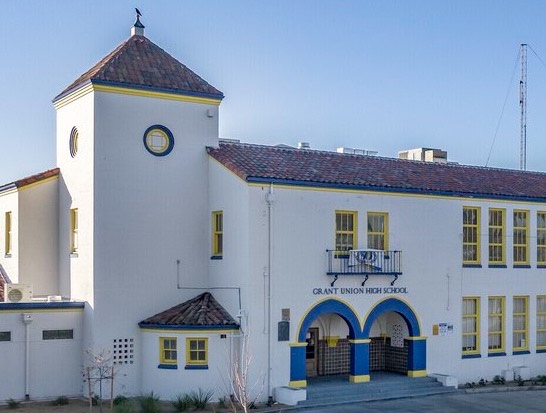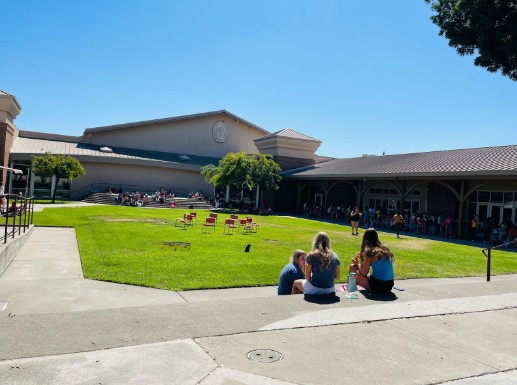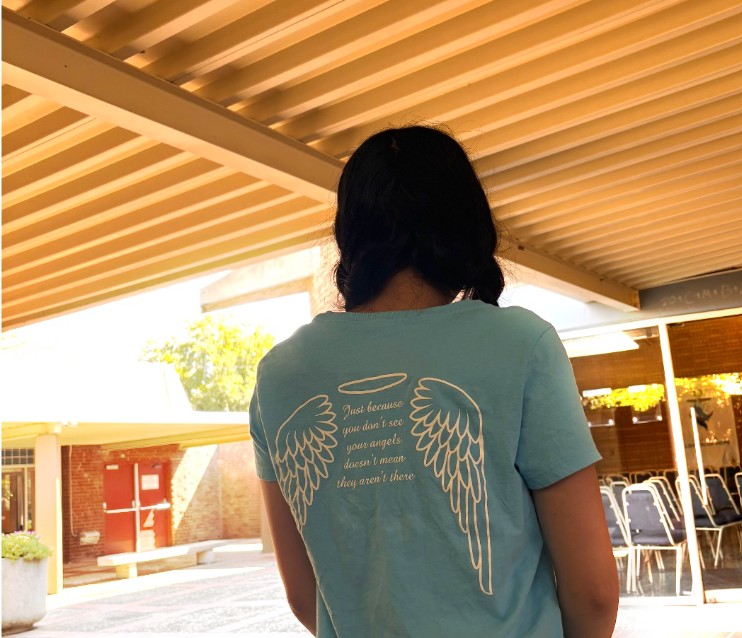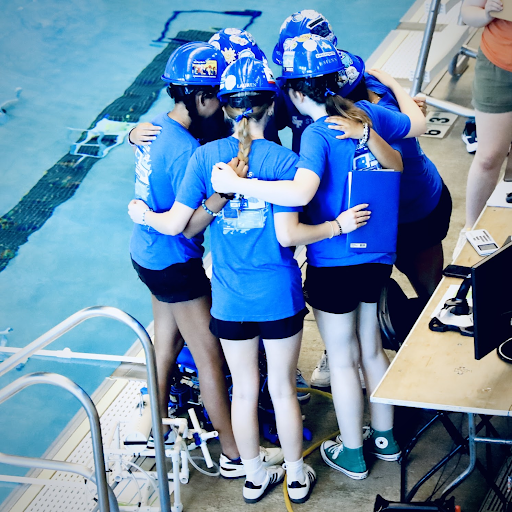No, St. Francis High School isn’t closing down. No, the school isn’t selling its campus to Sac State. Yes, St. Francis leaders say they are focused on what they’ve always done best – educating young women to lead with faith and purpose.
When Jesuit High School announced in October that it would start admitting girls in the fall of 2027, the decision sparked curiosity and surprise across the Sacramento Catholic school community, especially at its longtime sister school, St. Francis High.
For the first time since its founding in 1963, Jesuit High School has reached a major milestone with its move to a “co-divisional” model, where boys and girls learn in separate classrooms but share the same campus.
In a Jesuit press release on the school’s website about the expansion to include girls, Jesuit Board of Trustees Chair-Elect Amy Rogers said: “Jesuit High School is not a school with a mission. We are a mission with a school.”
In the same press release, Rogers said the change aims to expand access to Catholic education while maintaining the school’s mission to form “men and women for others.”
In a KCRA television interview, Jesuit president Chris Alling said: “We feel very deeply that that’s a formative experience that should be available to young women. We’ll still lean into and enjoy the benefits of having young men in classrooms with other young men, and young women in classrooms with other young women.”
Today, St. Francis remains the region’s only all-girls Catholic high school, continuing its long tradition of empowering young women through faith and leadership. The announcement has created reflection rather than concern at the school.
School leaders say Jesuit’s decision is a reminder of how local Catholic high schools, including St. Francis, Christian Brothers and Cristo Rey, share the same goal – providing young people with a faith-centered, values-based education.
“Jesuit has been a brother school to St. Francis for many years,” said St. Francis president John Moran. “We share our Catholic values of faith in Jesus Christ, love for one another and service to others. I foresee our friendship lasting long into the future and wishing each other the very best of success in our schools.”
Principal Elias Mendoza agreed, noting that the two schools have always supported one another through faith events, service projects, and student leadership.
“The success of one is a success for all,” he said. “Our collaboration over the years has strengthened both communities, and I see that continuing as Jesuit welcomes young women to their campus.”
Still, St. Francis leaders emphasize what makes their school distinct – a school environment intentionally designed for young women to lead, grow and find their voice.
“Research illustrates the benefits of an all-girls education,” Moran said. “It results in higher academic performance, stronger college admissions, better emotional health and more successful career trajectories. Our model is intentionally structured to help young women thrive academically, socially and spiritually.”
According to a study by Goodman research group, girls’ school graduates are six times more likely to consider majoring in math, science and technology compared to girls who attended coeducational schools.
Additionally, the National Coalition of Girls’ Schools notes that girls attending all-girls schools are more likely to have an experience that supports their learning, with 78.9% reporting that most of their classes challenge them to achieve their full academic potential, compared to 72% of girls at coed independent and 44.3% at coed public schools.
“There’s no better way for a young woman to develop confidence, poise and a strong sense of self than one designed entirely with her in mind,” Mendoza said. “Our programs, extracurriculars, and campus culture all center around supporting girls as they grow into strong leaders.”
Arabella Henry, a junior at St. Francis, said she appreciates the all-girls environment.
“I feel more comfortable speaking up in class here,” she said. “It’s really supportive – you can always say hi to anyone in the halls, and everyone’s just so welcoming. It feels like a community that encourages you to be yourself.”
At Jesuit, some students see the co-divisional change as a thoughtful step.
“It will definitely change the dynamic of Jesuit,” said one Jesuit senior who asked to remain anonymous. “Personally, I’m still glad I had an all-boys experience, but I do think the school has made the right decision. A lot of thought has gone into it, and they’ve planned carefully to maintain the mission of the school.”
Jesuit students have expressed curiosity about how co-divisional classrooms will work in practice. Discussions have included questions about academics, extracurricular activities and how the school culture will adapt. Teachers are preparing to support both genders in the classroom while maintaining the school’s emphasis on collaboration, service and leadership.
Jesuit junior Luke Elken said the decision has sparked mixed emotions among students.
“At first, I was uneasy and worried about how the brotherhood might change,” Elken said. “But after hearing from the school’s leaders, I’ve come to feel more hopeful. Change is always scary, but I trust that Jesuit will stay true to its mission and that God will guide the school in the right direction.”
St. Francis students say the announcement has prompted conversations about identity, tradition and the value of single-gender education.
“When you visit St. Francis, you just feel it,” said Yimo Huang, a junior at St. Francis. “It’s not just about being all-girls. It’s about how supported you feel – that’s what makes it special. Our classes, our clubs, even the way we do student government all encourage girls to step up and be leaders.”
Moran emphasized that an all-girls education remains crucial today, not only for academic success but for personal growth.
“An environment designed for young women allows them to take intellectual risks, build confidence, and develop a sense of agency,” he said. “These are skills they carry into college, careers, and life beyond school.”
Representatives of both schools say they are exploring ways to strengthen collaboration even further. Shared events, joint service initiatives and inter-school discussions are likely to continue, providing students from both campuses with opportunities to learn from one another while staying true to their individual missions.
Jesuit’s announcement is part of a broader history of change in the Catholic Diocese of Sacramento’s education system.
Bishop Armstrong High School, Sacramento’s first co-instructional Catholic high school, opened in 1957 and initially served juniors and seniors with separate wings for boys and girls from Christian Brothers School, St. Francis High School and St. Joseph’s Academy.
The co-instructional era lasted until 1964, when the girls completed their final year at Bishop Armstrong, after which the school returned to an all-boys format. In 1968, Bishop Armstrong was officially renamed Christian Brothers High School as local Catholic education continued to reorganize.
St. Joseph’s Academy, the first all-girls Catholic school in Sacramento, was established in 1861 but was later shut down.
According to “Let Us Remember,” a book dedicated to the history of Christian Brothers High, Bishop Manogue High, an all-girls Catholic institution, served generations of students before its closing. Many of its students transitioned to Christian Brothers, which became coeducational to accommodate the needs of Bishop Manogue’s former students while continuing the mission of providing a rigorous, faith-based education.
Loretto High, another all-girls Catholic school founded in 1955, was closed in 2009 because of a continued decline in enrollment, leading many students to transfer to public schools, St. Francis or co-educational Christian Brothers.
Today, as the only remaining all-girls Catholic high school in the region, St. Francis is focused on continuing its tradition of faith-based education for young women.
“I love being part of St. Francis,” said Arabella Henry, the St. Francis junior. “Even with Jesuit going co-divisional, I still feel like we have something really special here – a place where us girls can learn and really support each other.”





















